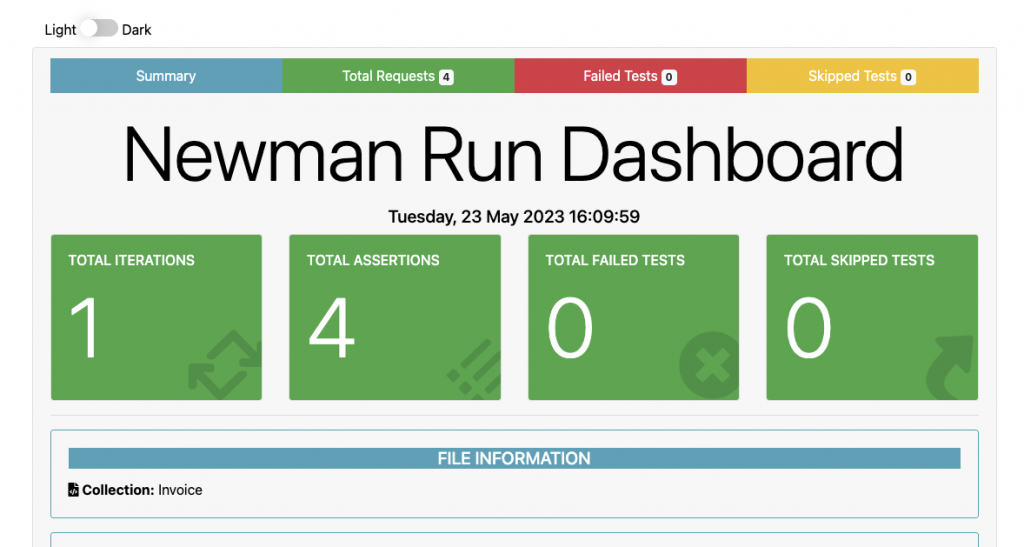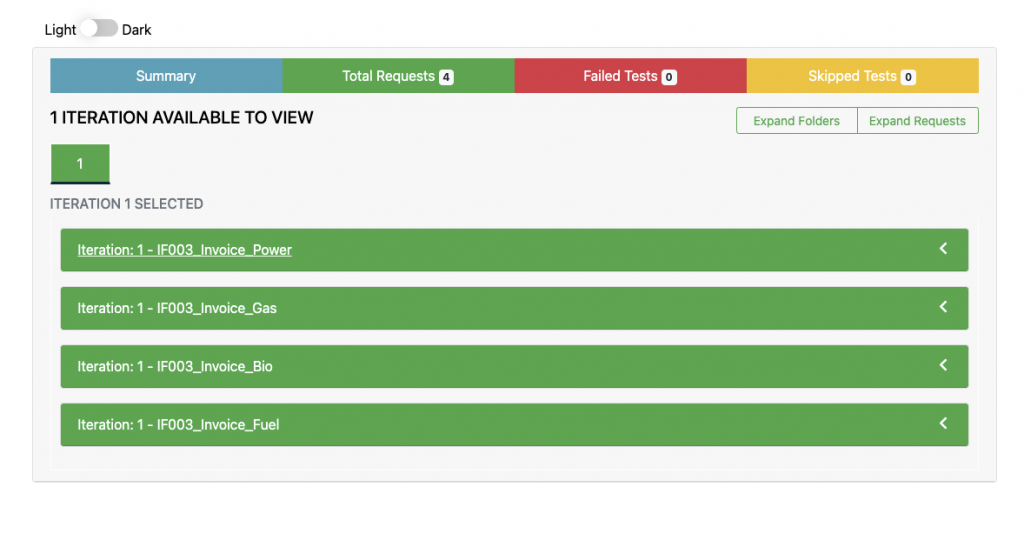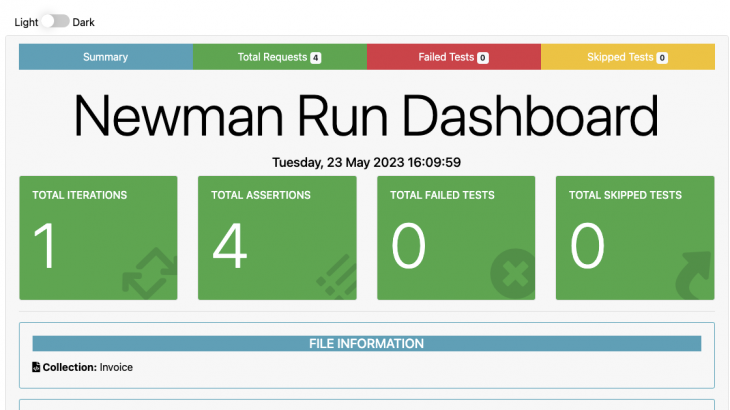Overview
In this blog, we will see how you can use postman, to test the SAP CPI mappings. You can use this approach for testing your groovy/xslt mapping as well if you find it useful.
SAP CPI mapping simulation lacks more functionality where as SAP PO has better one. In SAP CPI there is no way you can save your xml files as instance, generate xml, copy paste, etc. Even in SAP PO, you have to manually to go output and check the result. For verifying output, you have to manually check it, no way to automate it.
Use Case
For illustration purpose let us consider this simple Invoice xml with one field.
xsd:
<?xml version="1.0" encoding="UTF-8"?>
<schema xmlns="http://www.w3.org/2001/XMLSchema" xmlns:tns="http://www.example.org/Shipping/" targetNamespace="http://www.example.org/Shipping/">
<element name="Invoice" type="tns:Invoice"></element>
<complexType name="Invoice">
<sequence maxOccurs="1" minOccurs="1">
<element name="ProductType" type="string"></element>
</sequence>
</complexType>
</schema>xml:
<?xml version="1.0" encoding="utf-8"?>
<!-- Created with Liquid Technologies Online Tools 1.0 (https://www.liquid-technologies.com) -->
<ns1:Invoice xmlns:ns1="http://www.example.org/Shipping/">
<ProductType>Power</ProductType>
</ns1:Invoice>Mapping Artifact: We have simple transformation which is using fix values to transport input.
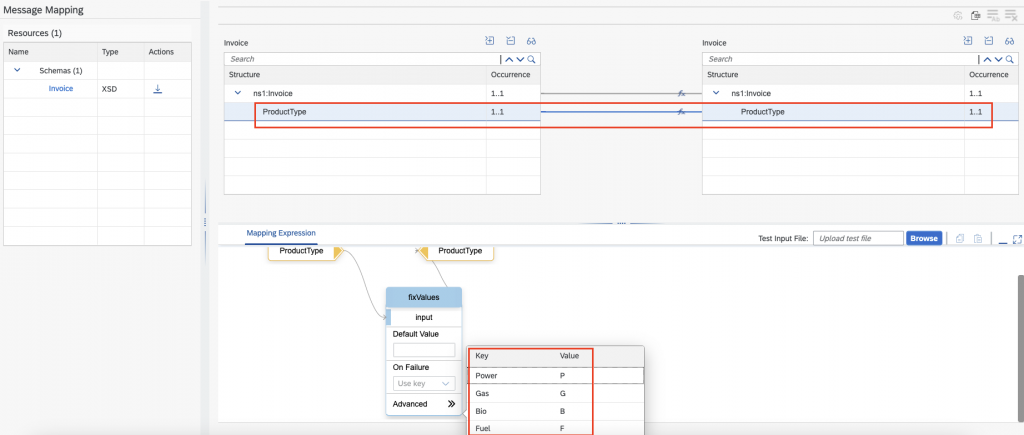
Simulate Mapping test

output xml
<?xml version="1.0" encoding="UTF-8"?>
<ns1:Invoice xmlns:ns1="http://www.example.org/Shipping/">
<ProductType>P</ProductType>
</ns1:Invoice>


Problem
We have to run the mapping manually four times to validate all four values. And we have to manually check the values every time we run the mapping. This might sound easy, but any incremental changes, we have to run these tests again manually and check the output by looking at the output xml.
For each simulation test, you have to wait for few secs to get the output.
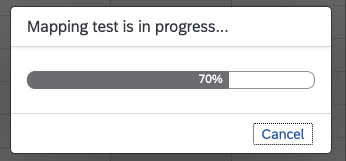
What if you have more than 1 field is using transform logic and more than 10 fix values to test. Not easy to do it manually.
For the documentation purpose, you have to capture the inputs and outputs and keep it as record. It is cumbersome to do it manually.
Solution
What I need
- Automate the mapping simulation test
- Automate cross checking output. No need to go to output xml and check it manually.
- Automate capturing input and output
Let us create a separate Iflow to test the mapping. Here is the simple Iflow with https sender adapter.
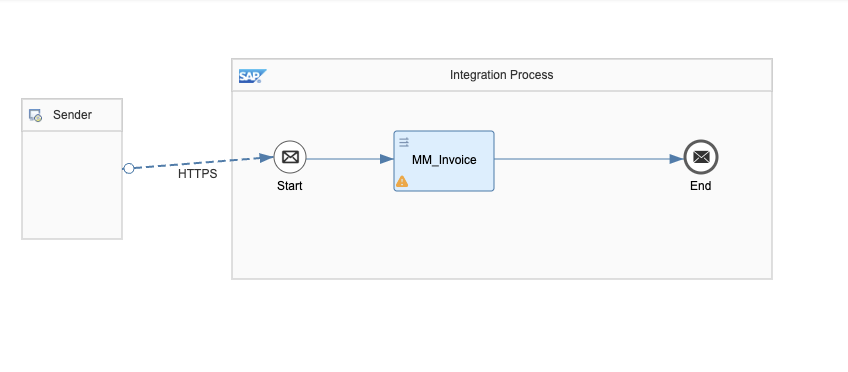
Create request in postman for each test case.
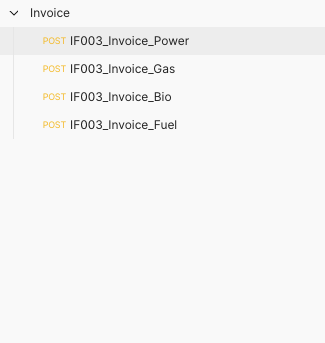
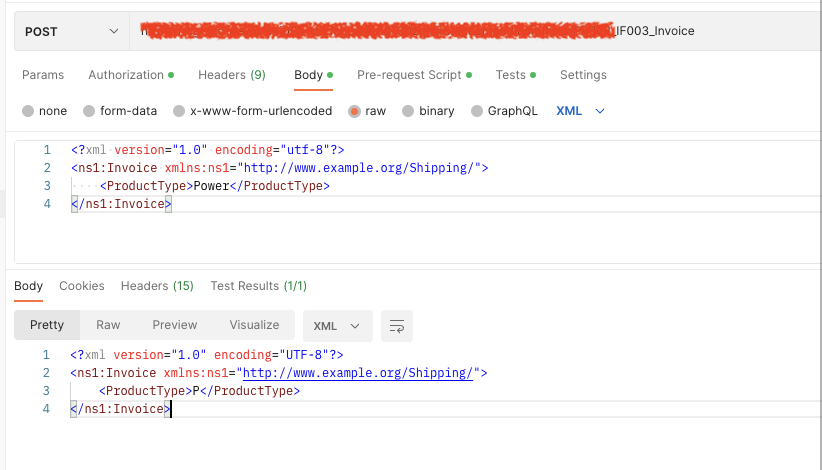
Write a test case for checking product type for all types. I have used chatGPT for writing test script as I am new to java script.

// Parse the XML response
const responseXml = pm.response.text();
// Extract the ProductType value
const productType = responseXml.match(/<ProductType>(.*?)<\/ProductType>/)[1];
// Check the ProductType value
pm.test("Check ProductType Power", () => {
pm.expect(productType).to.eql("P");
});Run the collection
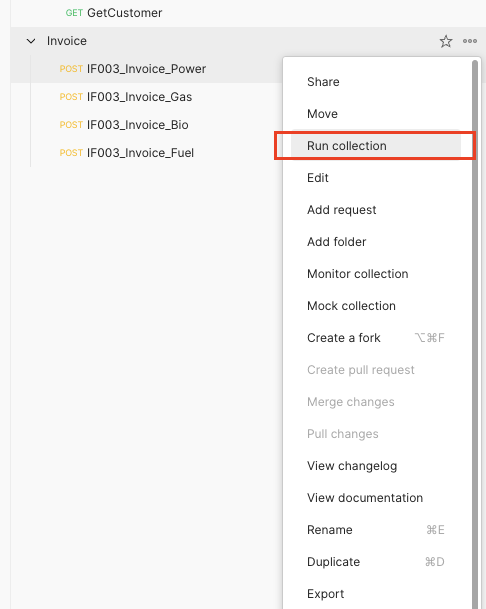
Here you go.
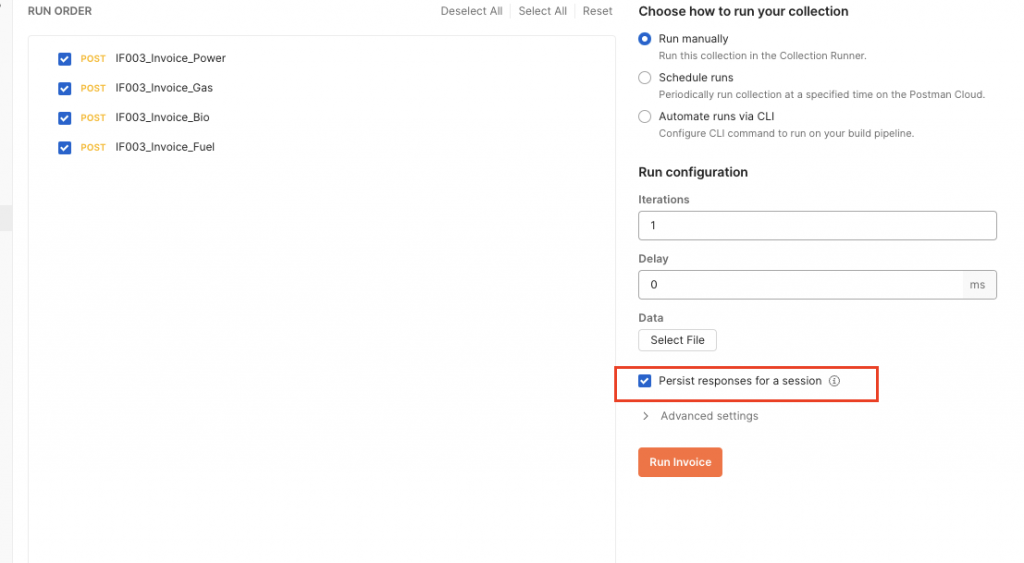
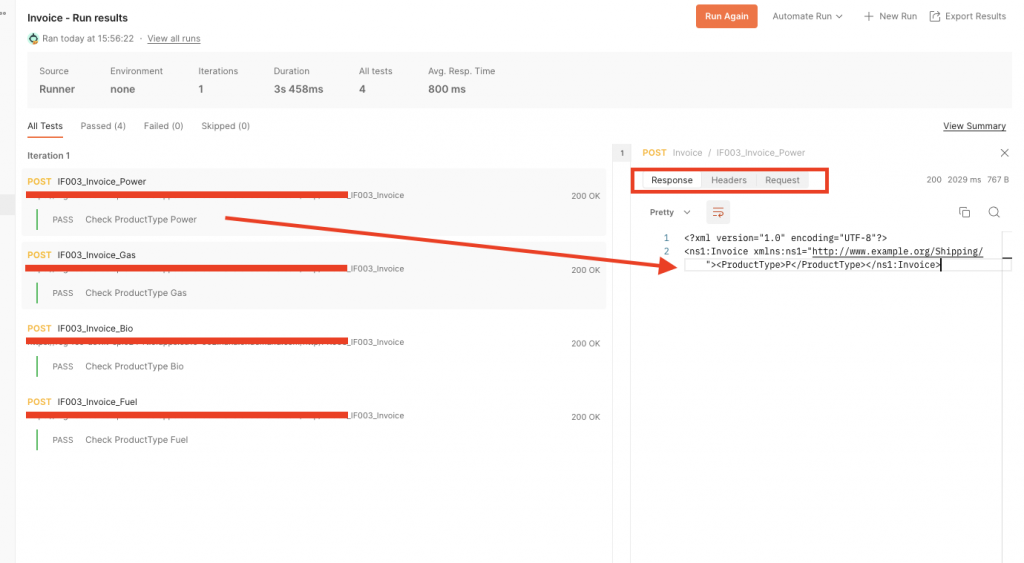
So now we are able to automate mapping test via postman and able to very the output. Creating test scripts should be one time activity, once done, you can run it multiple time.
If you create postman workspace with visibility as team, you should be able to share it with your team.
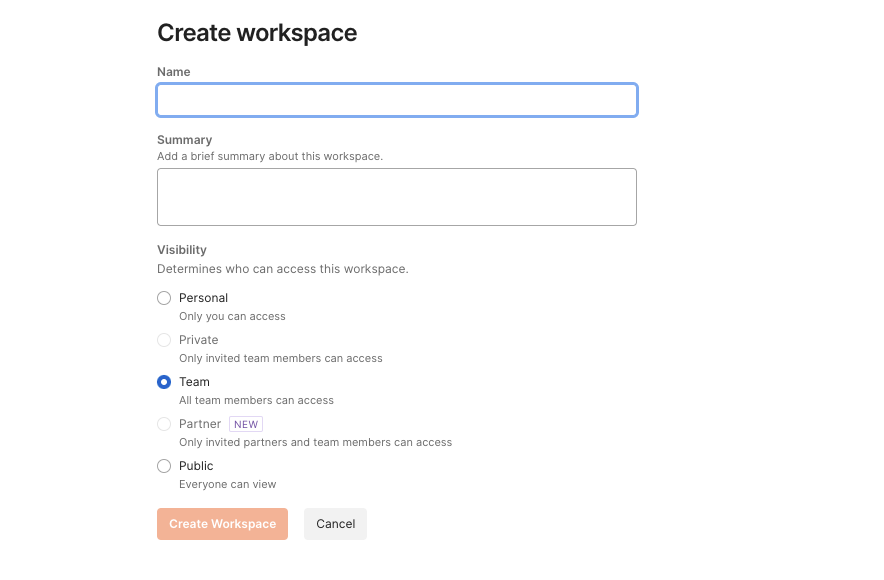
Documentation
For documenting your tests, you can make use of Newman htmlextra for postman. With this you can document it.
